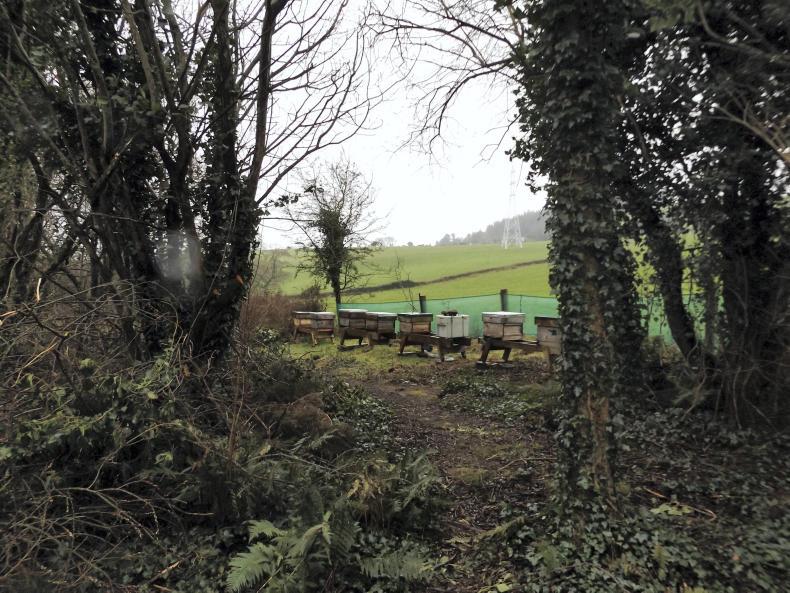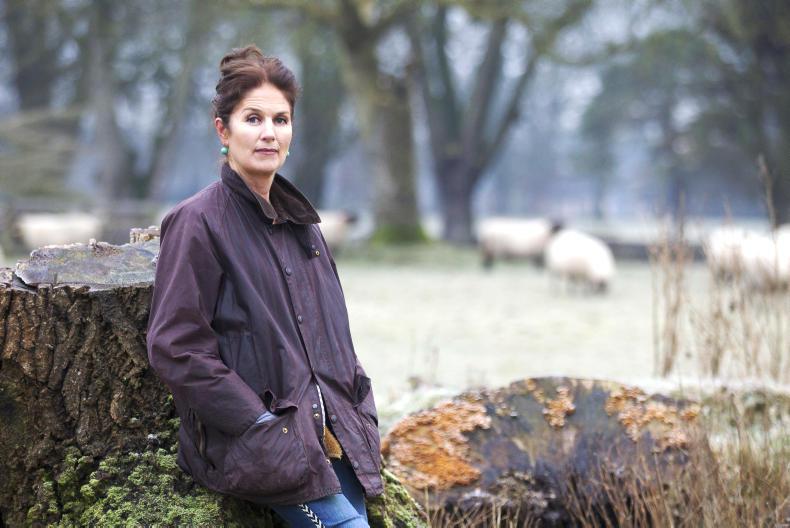The seasonal cycle continues. The days have passed from their shortest, with each day lengthening. The bees, like many creatures which share this earth with us, have taken advantage of the short days and the lack of forage. They are tightly bound into a ball, which, in beekeeping terms, is known as a cluster.
The cluster is the mechanism by which they conserve heat and energy. The beehive will have within, frames containing stores of honey for use by the colony. These frames will have been filled with honey during the summer and autumn for use during the winter months. Beekeepers will also have given sugar syrup in the autumn to bolster the store in the hive.
As winter progresses, the store of food is gradually utilised, so the cluster of bees must move in order to maintain contact with their stores. During regular visits to the apiary, the beekeeper will heft each hive to gauge its weight, thereby determining if the food store is still sufficient to keep the bees fed.
Often, a light hive is found, indicating a possible shortfall. The beekeeper will provide emergency feeding by placing fondant over the bees in the hive. Sugar syrup cannot be given at this time of year as bees will not be able to use it.
Bees die of old age and during the winter months many will simply fall off the cluster and die. They end up on the floor of the hive and come springtime, when the bees are active again, they will be pulled out as the bees do their spring clean-up.
Many beekeepers are no longer using a solid wood floor on their hives. Instead, they use what is known as “an open mesh floor”. It consists simply of a metal mesh which allows debris to fall through while allowing the bees to walk on it.
This floor will let varroa mites pass through. Varroa mites attached to the bee’s body may become dislodged and so can fall through the mesh on to the ground and die, thereby removing the mite. This is one of the integrated pest management (IPM) techniques used by beekeepers to reduce mite levels.
During the winter, when the hive cannot be opened, the beekeeper observes the material under the hive that has fallen through the open mesh floor. For instance, the bees remove the wax cappings, which seal the honey store, in order to feed. These wax capping will be seen on the ground beneath the hive.
The volume of cappings on the ground indicates the extent of food usage going on inside. Winter time is, for the most part, a broodless period in the hive. Since there is no brood, the varroa mites, which need bee brood to reproduce, cannot do so.
In the absence of brood, the varroa mite lives on the surface of the bee, so many beekeepers will try and remove these using approved winter treatments. Application of any treatment must be in accordance with the instructions and recommended timing of application.
The long confinement of winter, when bees only leave the hive to void, can lead to some diseases taking hold. Ventilation in the beehive is very important in keeping moisture and CO2 levels down, since these may accelerate some diseases. The main thing to avoid with ventilation is the creation of a draught.
Weekly checks are the norm at this time but not for opening hives.









SHARING OPTIONS